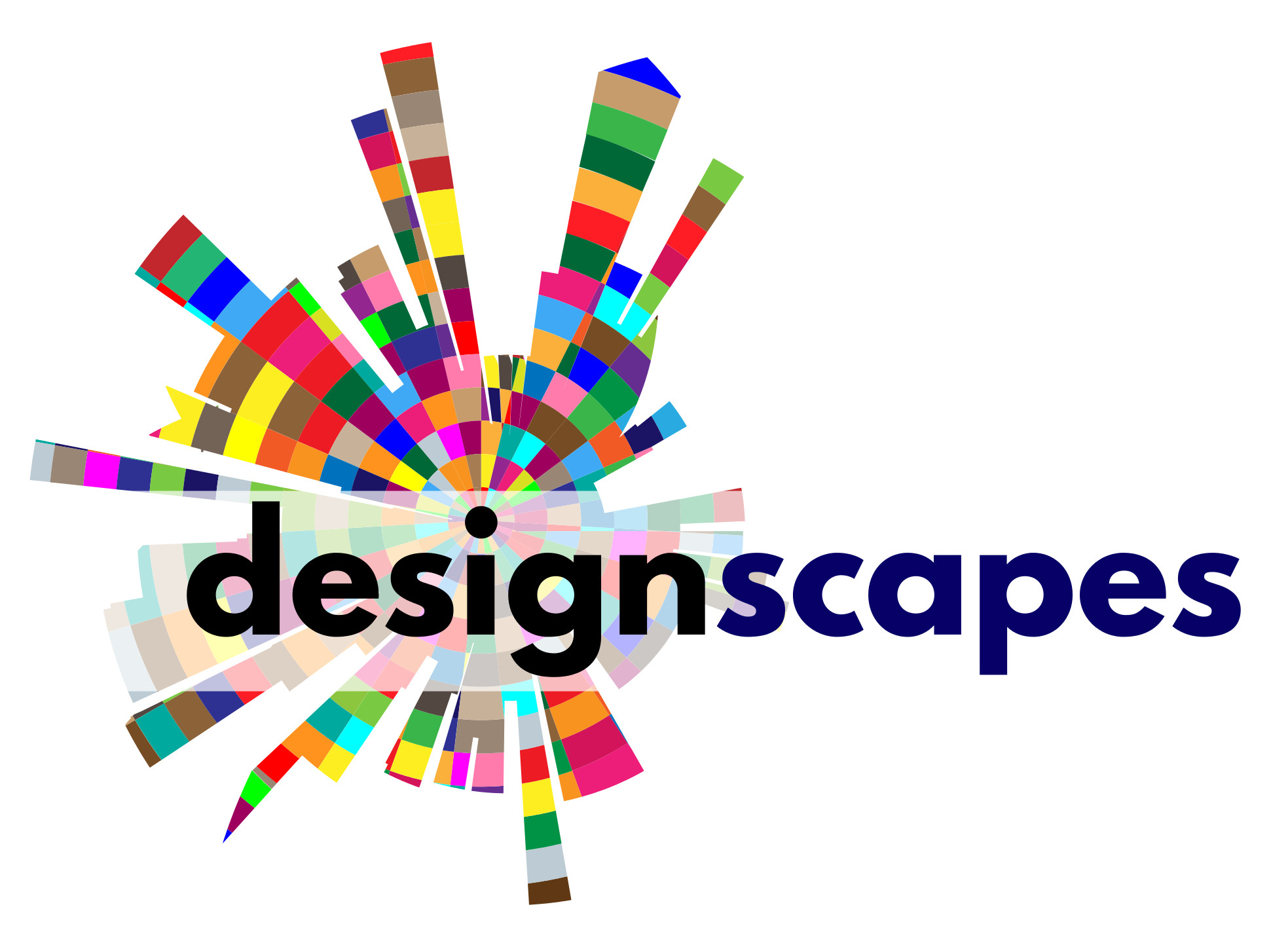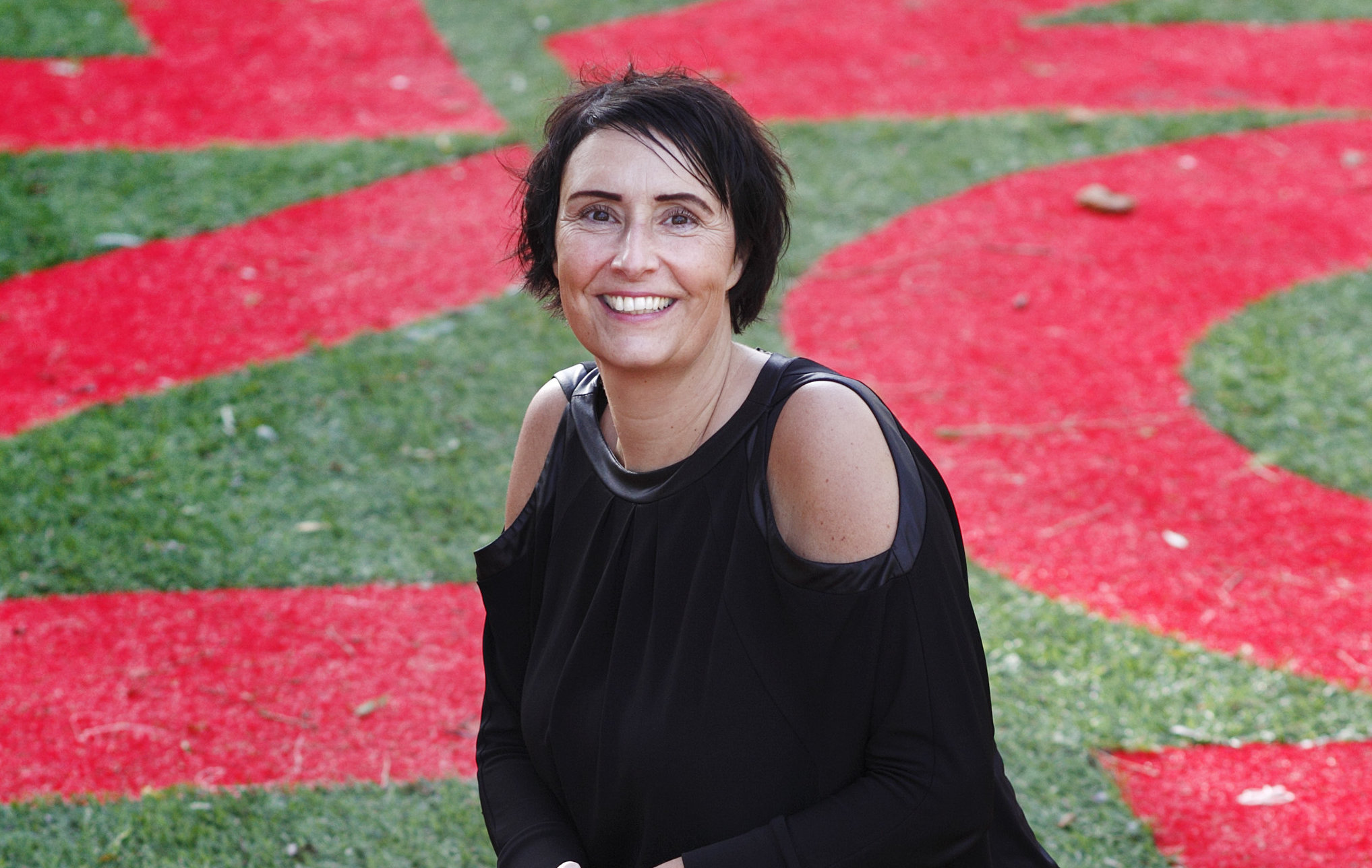DesignScapes: Design-enabled innovation to tackle urban challenges
The European project DESIGNSCAPES officially started last summer, with a celebratory launch in Brussels. Associate Professor Ingrid Mulder is one of the partners in this consortium representing the Industrial Design Engineering faculty at the Delft University of Technology. ‘With DESIGNSCAPES I want to help designers create maximum societal impact.’
The name of the project may suggest otherwise, but as a project DesignScapes doesn’t focus exclusively on design research. The consortium consists of an eclectic mix of European partners that work at a variety of levels. The only true design institutions in the consortium are the IDE faculty and the Department of Architecture, Design and Media Technology from Aalborg University in Denmark. The other partners are associations of municipalities, university departments of architecture, business schools, service centres, civil society organizations. The overall project explores the potential role that design can play at a meta-level in a changing society, now and in the future. It has the specific mandate to distribute € 1.5 million of its budget in favour of around 50 initiatives at local level in the member states and associated countries, to demonstrate the potential of design-enabled innovation.
At the IDE faculty, Ingrid Mulder is more than happy to explain more about DESIGNSCAPES and what her role as a designer is in it. ‘On the one hand, the project explores the scape of design actions in urban innovation processes. It is about how design can impact society. In the project, we refer to this as capacity building, how design can generate social impact and social sustainability through capacity building activities in favour of the diverse professionals involved in the experimentations.’
‘On the other hand, DESIGNSCAPES is about the future of design as a discipline as well,’ Mulder states. ‘Designers are increasingly questioning the next stage of innovation, and what the changing role of design needs to be. Interestingly, designers are active in catalyzing change in the world around them, but bringing change in their own discipline appears to be less straightforward’.
In fact, DESIGNSCAPES is about collaboratively learning how to generate more impact through design. ‘What often happens in design-enabled innovation projects,’ Mulder says, ‘is that many good ideas are not adopted. In DESIGNSCAPES we will examine how others than designers can be given “design capacities”. For example, by helping businesses, in particular small and medium-sized ones, to take up creative, design-driven ideas. Or support citizen initiatives, who are exemplary city makers. They have certain design skills, they are change makers. We would like to enable those kinds of people to initiate sustainable change. And help them to strengthen the social fabric.’
‘Social innovation in urban context can be quite tangible when referring to place making. An example of such a public experiment is the free zone right now in front of the IDE faculty. The free zone is a designated on-campus area with electricity, running water and drainage that is free to use for various outdoor activities. For example, food trucks open up the catering policy at the university premises. Whatever works, inspires management to turn temporary experiments into new policies.’
‘Another example of design-driven urban innovation is the O-bike, a concept with rental bikes that enables you to find, rent and drop off bikes anywhere in cities like Amsterdam and Rotterdam using an app. That’s a great product-service combination, that has been adopted by a huge variety of users. However, in the meantime, it shows that it is not well adopted in the urban context. O-bikes are clogging up the sidewalks and bike racks, and residents take initiatives in removing the bikes and ask public authorities to regulate the problem. Such an example shows how important a broader collaboration is, in this case with the public authorities. I see it as a key role for design to support this infrastructure. It asks for a new approach, that addresses the needs of all ‘users’ involved and facilitates that these kinds of innovations will eventually lead to a better future for everyone.’
‘That’s why we have set aside the funds to support a number of pilot projects. We provide them with both financial and technical assistance activities as well as specific tools to enable their capacity building, and use our extensive evaluation framework to learn more on successful transfer of design-enabled innovation.’
DESIGNSCAPES has a term of four years, which is quite long for a Horizon2020 project, but probably too short for making a transition visible. Real transitions take a much longer time frame. ‘Of course, we cannot ensure that the pilots are going to bring forward a transition, but we aim to spur their skills to have a more successful transfer, and thus more impact. Hopefully some pilot projects can arrive at the point that they can provoke an actual transition.’
The coming months will show the shaping of DESIGNSCAPES. Mulder’s work package will only start in December 2017. ‘Together with the research team from Aalborg University we will continue on exploring the future role of designers and our approach in the DESIGNSCAPES project. Same goes for the other partners and their roles and perspectives. It’s exactly the multidisciplinary nature that makes the DESIGNSCAPES project very exciting and challenges. There will be ample opportunities for students and colleagues to join and make the co-creation work. Feel free to contact me.’

